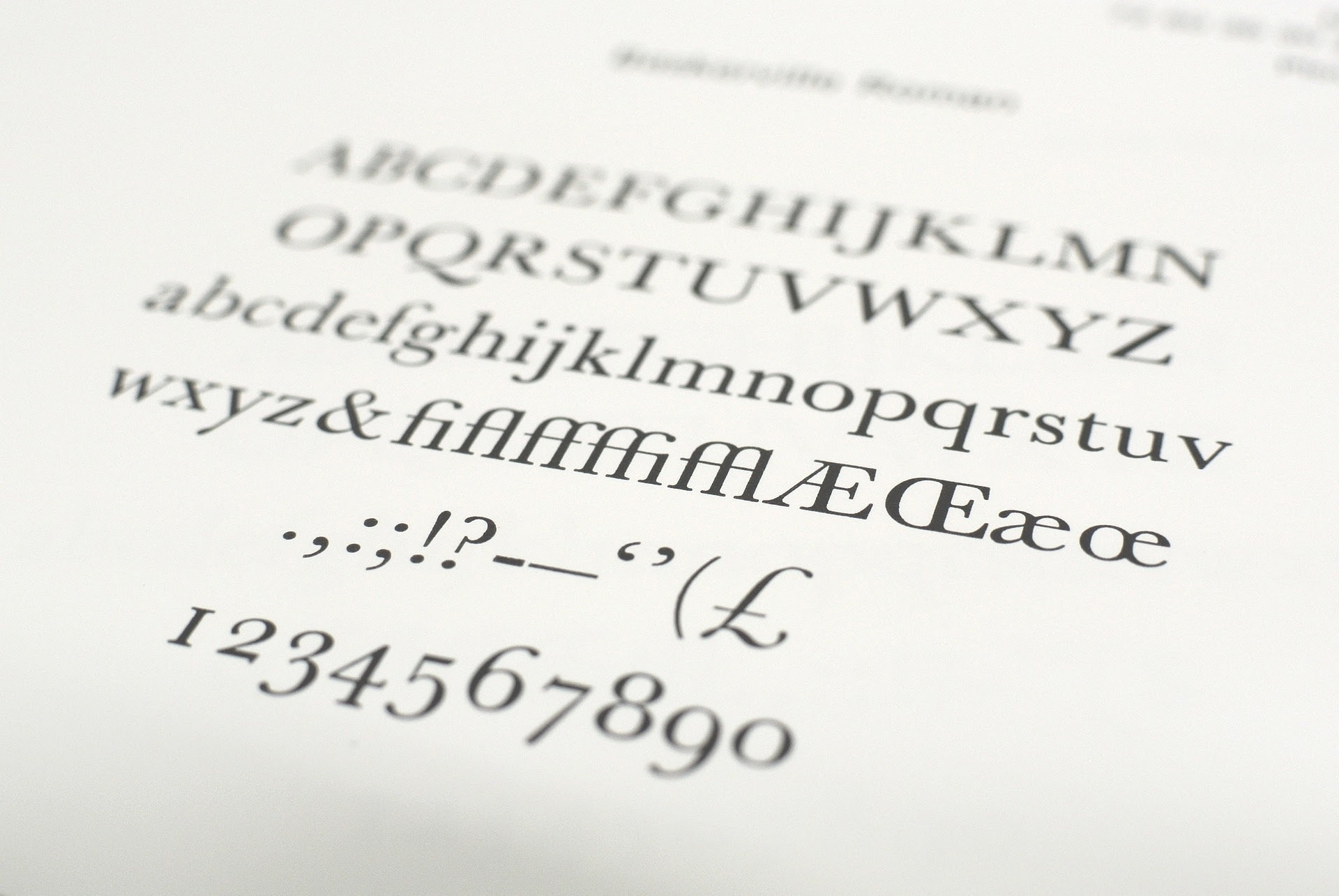Performance and accessibility are two important aspects of web development. Since they are related, optimising one might result in improvements in the other.
Web performance is all about making websites fast: loading, rendering, and interacting.
When pages load slowly or have a lot of content to load, the experience can be very clunky and unpleasant for all users. More resources to download also mean more data that needs to be transferred through the network and processed. Let’s explore the user and business impact and how this could be improved.
Accessibility focuses primarily on making websites usable for people with disabilities. However, many accessibility requirements also improve usability for everyone. For example, good color contrast means all users can see your content no matter what device they’re using or the lighting in their surroundings.
Continue reading “Accessibility and Performance”








